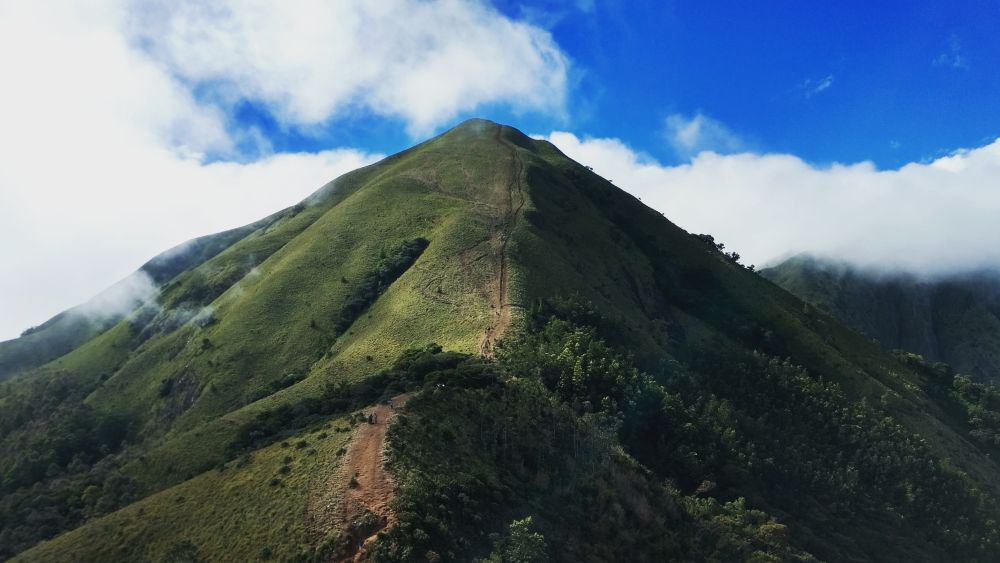

Nestled in the Western Ghats of Kerala, Meesapulimala is a soaring peak that stands as a symbol of untouched natural beauty. The history of tourism in Meesapulimala is relatively young compared to other regions in Kerala. This area, renowned for its biodiversity, began attracting tourists during the late 20th century when the state started promoting its natural attractions.
Munnar, the closest town to Meesapulimala, has been a popular tourist destination since the British colonial era, primarily for its tea plantations and cool climate. As the tourism sector matured in Kerala, explorers and nature enthusiasts began to seek out more remote and challenging destinations, leading to the discovery of trails and vistas in Meesapulimala.
Initially, the rugged terrain was a challenge to tourists; however, as infrastructure improved, so did accessibility. The Kerala Forest Development Corporation (KFDC) played a significant role in organizing treks and maintaining the trails. The creation of a base camp at the nearby Rhodo Valley provided trekkers with essential facilities, further integrating Meesapulimala into Kerala's tourism circuit.
With ecotourism gaining popularity, Meesapulimala became a prime example of how tourism can coexist with conservation. Efforts to preserve the unique flora and fauna have been pivotal in not only protecting the environment but also in attracting tourists who value sustainability.
The most notable trend in recent years is the increase in adventure tourism. Meesapulimala has become a hotspot for trekkers looking to conquer the challenging terrains while enjoying the panoramic views from the second highest peak in the Western Ghats. The eight-kilometer trek from Rhodo Valley has gained much popularity among enthusiasts.
Another trend is the rise of photography tourism driven by social media. As visitors capture the stunning vistas of the rolling hills and share them online, Meesapulimala's fame as a picturesque destination has grown, attracting a steady flow of tourists seeking the perfect shot.
Accommodation preferences have shifted, with an increasing number of tourists seeking homestays over traditional hotels. This allows visitors to experience authentic local culture, cuisine, and hospitality, offering a more immersive experience in the region.
Lastly, there's a newfound interest in off-season travel. Tourists are visiting Meesapulimala during the monsoon season to experience the different facets of the landscape, despite the increased difficulty of trekking. This trend has led to more consistent tourism revenue for the area throughout the year.
From its initial days of obscurity, Meesapulimala has grown to be an esteemed destination within Kerala's tourism portfolio. Its blend of natural beauty, adventure opportunities, and commitment to conservation make it a shining example of how tourism can evolve and grow in harmony with nature. As the world moves towards authentic and sustainable travel experiences, Meesapulimala stands ready to welcome the intrepid traveler.